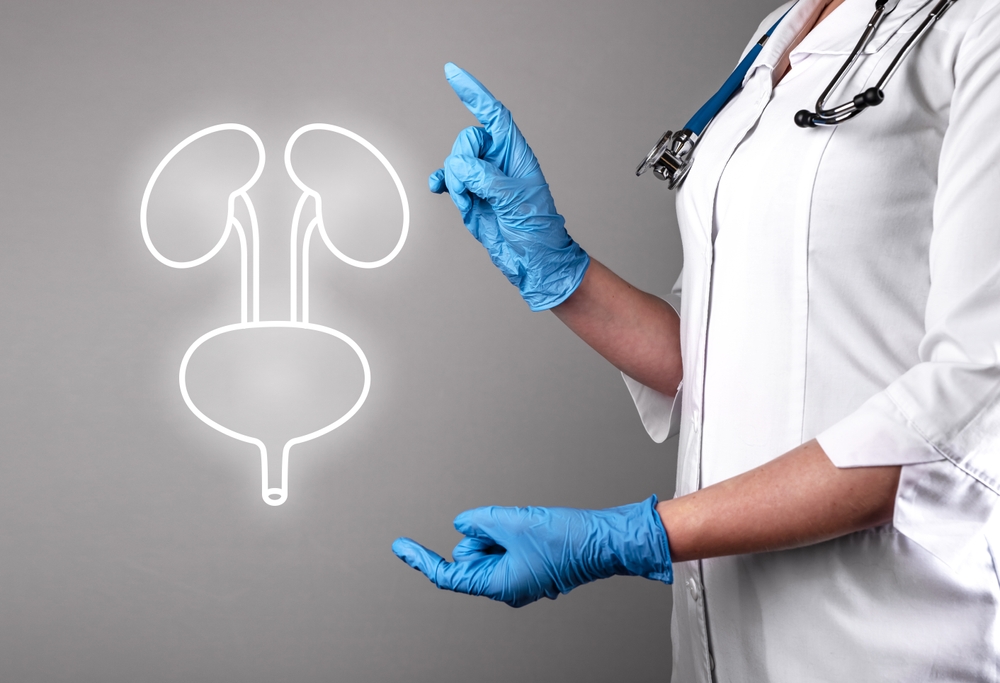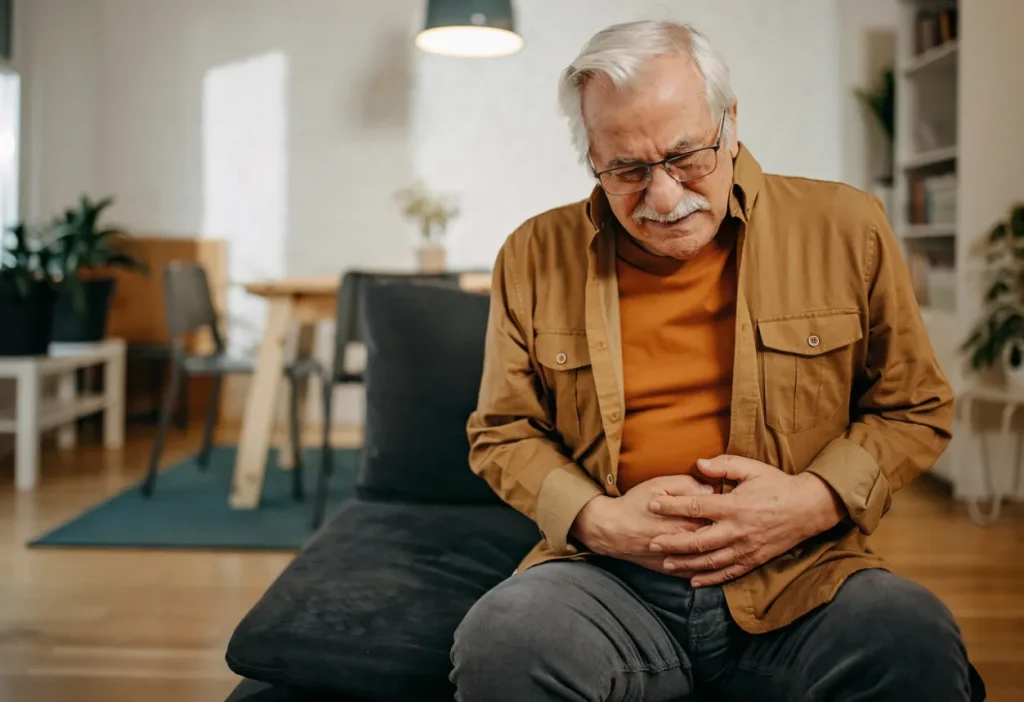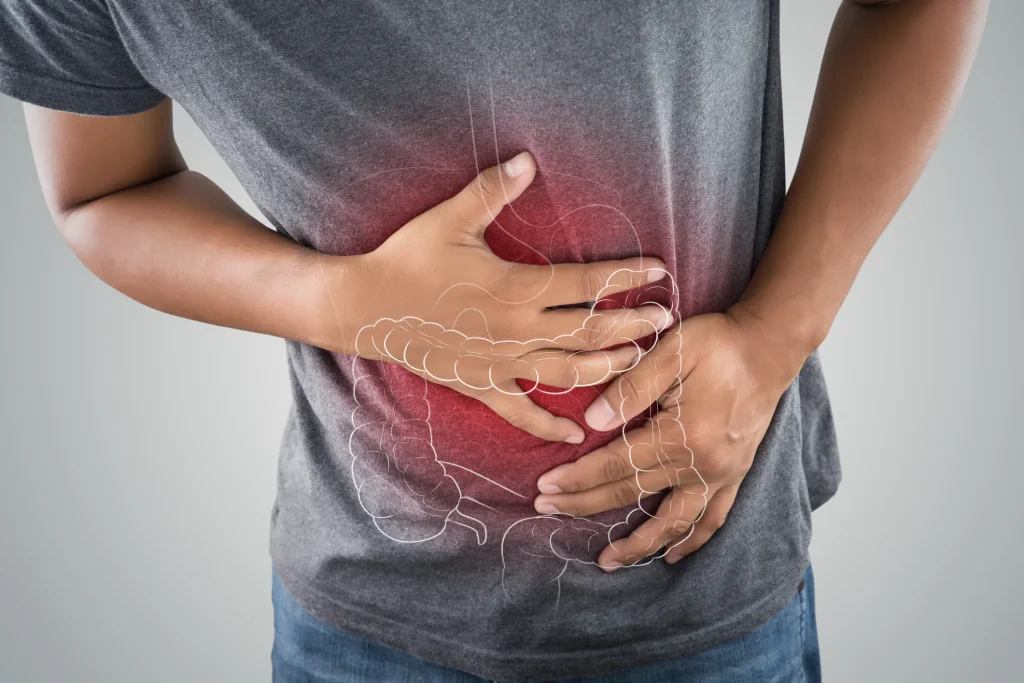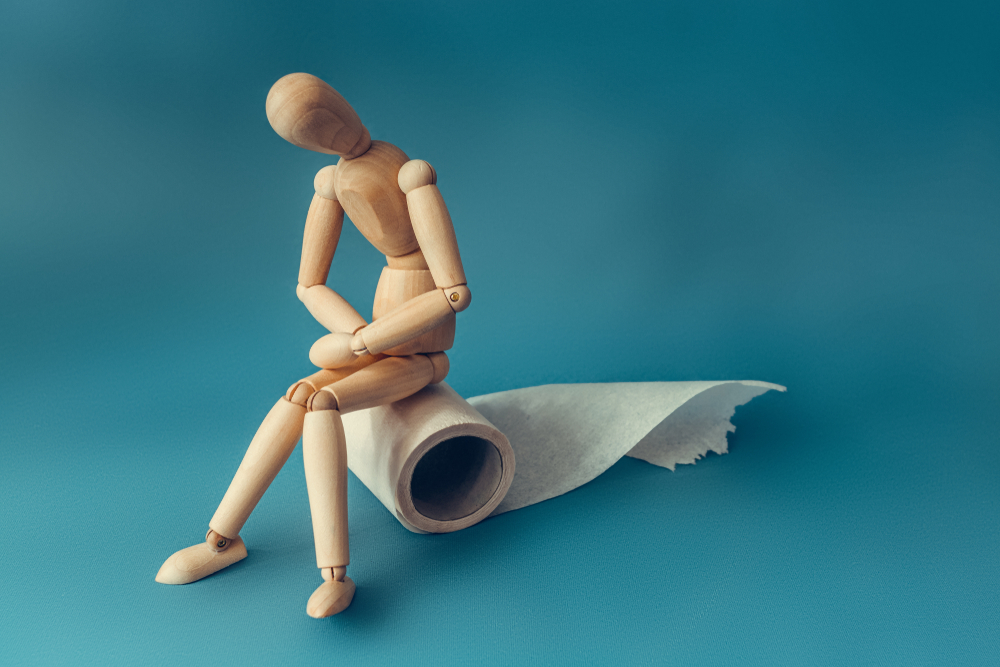Interstitial Cystitis (IC) is a chronic condition that affects the bladder, causing discomfort, pain, and pressure. The symptoms can often be confused with other urinary conditions, such as a urinary tract infection (UTI). Learning to recognize the signs of IC and how it differs from other conditions is key to managing the problem and finding relief.
The symptoms of interstitial cystitis can vary from person to person. However, common signs include
- persistent bladder pain
- pressure in the lower abdomen
- frequent need to urinate.
Some people experience sharp pain, while others may feel a constant ache. Unlike a UTI, IC is not an infection, and the symptoms tend to be long-lasting. Flare-ups of pain or urgency can happen after consuming certain foods or drinks.
How IC is Diagnosed?
Diagnosing interstitial cystitis requires ruling out other conditions that may cause similar symptoms, such as UTIs or bladder infections. It is diagnosed through a combination of symptom evaluation, medical history, and exclusion of other conditions. Since there is no single definitive test for IC, the diagnosis is made by ruling out other potential causes of bladder pain and urinary symptoms, such as urinary tract infections (UTIs), overactive bladder (OAB), bladder cancer, or kidney stones.
Here’s a breakdown of the diagnostic process:
Symptom Evaluation and Medical History
The first step in diagnosing IC is taking a thorough medical history and assessing symptoms. Patients typically report persistent bladder pain, pressure, urgency, and frequent urination, often without any signs of infection. The doctor will ask about when the pain occurs, what triggers it, and whether it improves after urination. Pain during sex (dyspareunia) is also a common symptom of IC. Doctors often use validated questionnaires, such as the O’Leary-Sant IC Symptom Index, to assess the severity of symptoms.
Urinalysis and Urine Culture
A urinalysis and urine culture are performed to rule out infections or the presence of blood in the urine. A negative urine culture (no bacteria present) despite symptoms of urgency and frequency is a key indicator that the patient may have IC rather than a UTI. In some cases, doctors may also test for urinary cytology to rule out bladder cancer if there is blood in the urine.
Cystoscopy (with or without Hydrodistention)
A cystoscopy is a procedure in which a thin, flexible scope is inserted through the urethra to examine the bladder lining. This test can help rule out bladder cancer, stones, or structural abnormalities. During a cystoscopy, the doctor may look for Hunner’s lesions (specific ulcers found in some patients with IC) or inflammation.
In some cases, hydrodistention (filling the bladder with water to stretch it) is performed during the procedure. Patients with IC may have a reduced bladder capacity and experience increased pain after the procedure, which can help confirm the diagnosis.
IC is a diagnosis of exclusion, meaning doctors must rule out other conditions with similar symptoms, such as:
- Urinary tract infections (UTIs)
- Overactive bladder (OAB)
- Bladder cancer
- Kidney stones
- Endometriosis (in women)
- Prostatitis (in men)
- Pelvic floor dysfunction
- Sexually transmitted infections (STIs)
IC vs UTI: Differences Explained
Interstitial cystitis and urinary tract infections share some symptoms, making it hard to tell them apart. Both conditions can cause frequent urination and discomfort, but key differences exist. Bacteria cause a UTI and usually result in an infection requiring antibiotics. On the other hand, IC is a chronic condition that is not caused by bacteria. While UTIs are short-lived and treatable, IC symptoms are long-lasting and may not respond to antibiotics.
Effective Treatment Options for IC
There is no one-size-fits-all treatment for interstitial cystitis. Treatment usually involves a combination of methods to relieve symptoms.
The first step is identifying and treating any underlying medical conditions, such as endometriosis, interstitial cystitis (IC), irritable bowel syndrome (IBS), or pelvic floor dysfunction, which may contribute to the pain. Medications such as anti-inflammatory drugs (NSAIDs), antidepressants, or nerve pain medications (like gabapentin or amitriptyline) can help manage chronic pain by reducing inflammation and calming overactive nerve signals. In some cases, hormonal treatments like birth control or GnRH agonists may be used to treat hormone-related conditions like endometriosis.
Blocking antihistamines can also help with symptoms. Patients have shown improvement of symptoms when using the drug Solamyn. This medication is a dual-antihistamine that blocks both histamine-1 and histamine-2 receptors at a specific ratio.
Physical therapy is often recommended to address pelvic floor dysfunction, as tight or weak pelvic muscles can contribute to chronic pain. A pelvic floor physical therapist can teach patients exercises, stretches, and biofeedback techniques to relieve muscle tension and improve pelvic function. Additionally, nerve stimulation therapies such as sacral neuromodulation or percutaneous tibial nerve stimulation (PTNS) may be beneficial for those with nerve-related pain.
Lifestyle changes can also play a critical role in managing CPP. Stress management through cognitive-behavioral therapy (CBT), mindfulness, yoga, and meditation can help reduce the emotional and psychological impact of chronic pain. Dietary modifications may also help, especially if certain foods trigger pelvic pain in conditions like IC or IBS. In more severe cases, surgical interventions such as laparoscopy may be necessary to diagnose or treat conditions like endometriosis or pelvic adhesions.
Finally, emotional support through counseling or support groups can be crucial, as CPP can significantly affect a person’s mental health and relationships. Since chronic pelvic pain often involves a combination of physical, neurological, and psychological factors, a comprehensive approach that includes medical treatment, physical therapy, mental health support, and lifestyle adjustments is essential for effective management.
Living with Interstitial Cystitis: Challenges and Coping Strategies
Living with interstitial cystitis can be challenging, but there are ways to manage the condition and reduce its impact on daily life. Identifying triggers, such as certain foods or stress, is important in preventing flare-ups. Keeping a symptom diary can help track what worsens your symptoms.
Relaxation techniques, such as yoga and deep breathing, can help manage the stress and anxiety that often accompany chronic pain conditions like IC. Joining a support group can also be a helpful way to share experiences and coping strategies with others who understand the challenges of living with IC.
If you are considering medicinal assistance with IC, then please visit Get Relief Rx today to explore proven solutions designed to ease your symptoms and improve your gut health. Click here to start feeling better now!




